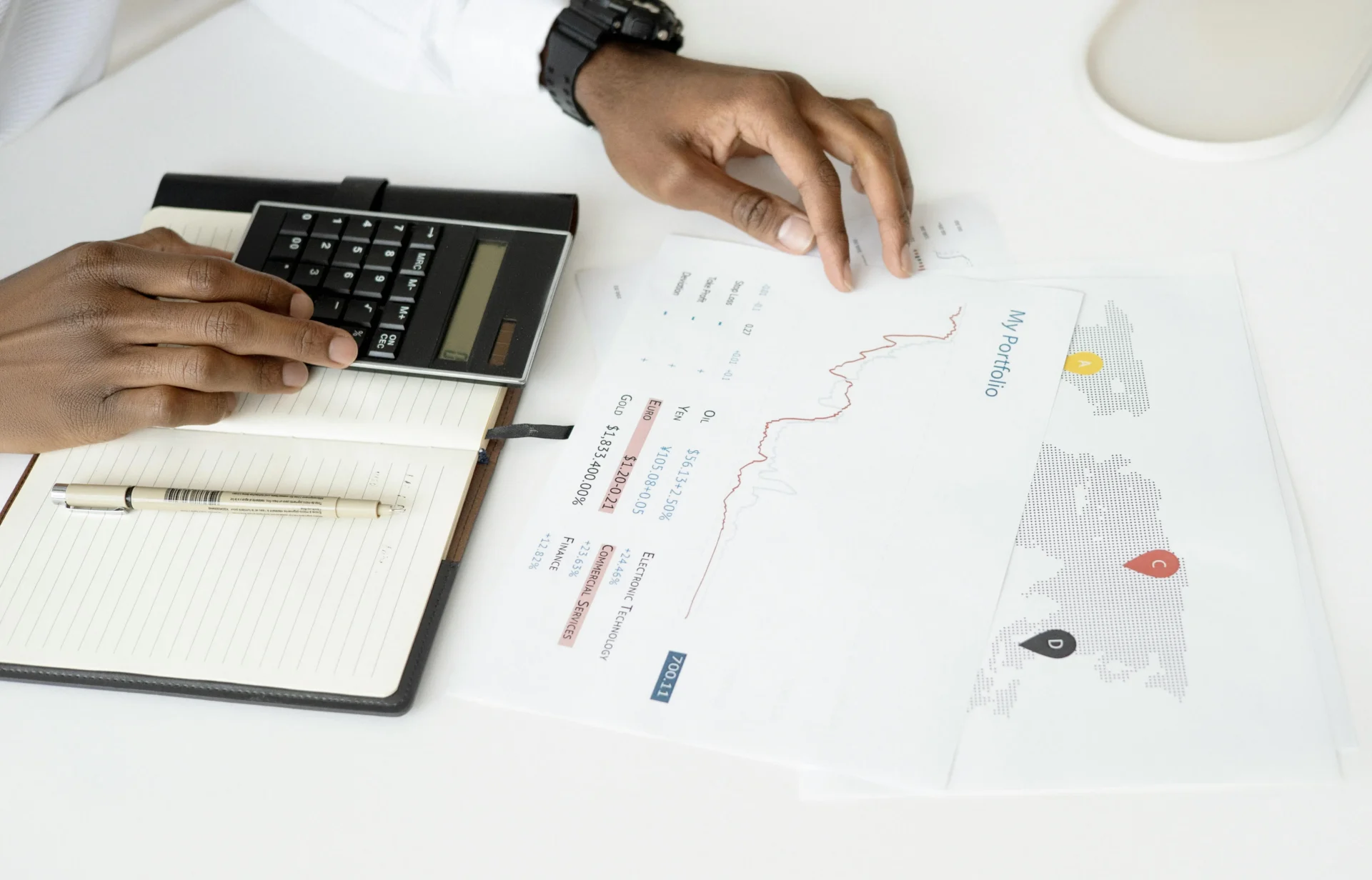Constantly producing fresh content can be overwhelming for marketers, especially in a competitive environment. Fortunately, the solution isn’t always about starting from scratch. Content repurposing strategy allows you to get more value from your existing work by converting it into different formats. This strategy not only extends the life of your content but also helps you reach a broader audience across multiple platforms, ensuring your efforts continue to deliver results.
By repurposing, you can boost your SEO, increase brand visibility, and cater to the diverse preferences of your audience. Repurposed content can take many forms, from videos and infographics to podcasts and social media snippets. The key is to be strategic and creative, making sure each format fits the platform and audience you’re targeting. Repurposing also allows you to get more mileage from your top-performing content, maximizing its reach and impact.
This blog will explore why content repurposing is important and outline best practices and techniques to help you create a sustainable strategy that drives long-term success.
Why Content Repurposing Strategy Matters
A content repurposing strategy is crucial in today’s fast-paced digital marketing environment. Constantly creating fresh content can be overwhelming, but repurposing allows you to extend the life of your existing work. By transforming a blog post into infographics, videos, or social media posts, you can maximize its impact and reach a wider audience without starting from scratch. This approach ensures that your content remains relevant and continues to engage your audience long after its original publication. In turn, it also helps you stay active across different platforms, keeping your brand top of mind.
Repurposing also plays a significant role in boosting your SEO. Search engines favor fresh, high-quality content, and by repurposing, you’re creating new material that can improve your rankings and drive more organic traffic. This not only enhances your website’s visibility but also increases your authority within your industry. Plus, the more formats your content takes, the greater the chances of it being discovered by new users through various channels.
Finally, a well-executed content repurposing strategy helps increase brand awareness and reach different audiences. Not everyone consumes content the same way—some prefer videos, while others prefer written posts. By adapting your content for various formats, you can connect with a broader audience and solidify your brand’s presence across multiple platforms. Additionally, this method allows you to engage with different user preferences, ensuring that your content resonates with as many people as possible. It’s a simple yet effective way to build long-term connections with your audience.
Identifying Content Worth Repurposing
Not all content is created equal, so identifying content worth repurposing is essential to maximize your efforts. The first step is to analyze performance metrics using your website’s analytics. Focus on content with high page views, long time on page, and lots of social shares. These metrics reveal what resonates most with your audience and is therefore prime for repurposing. Additionally, high-performing content indicates that it has value, making it more likely to succeed in different formats.
Another key factor is identifying evergreen content—the type of content that remains relevant over time. Evergreen topics, such as industry best practices or foundational guides, can be repurposed multiple times and distributed across various platforms. Recognizing high-potential content is also important. Long-form blog posts, for instance, offer plenty of material that can be broken down into infographics, videos, or social media snippets, allowing you to reach different segments of your audience.
Finally, it’s crucial to consider audience preferences and evaluate the quality of the content before repurposing. Think about what formats your target audience engages with most—whether it’s short videos, interactive quizzes, or detailed articles. Additionally, ensure that the content is well-written and up-to-date. Repurposing low-quality or outdated content won’t yield the same positive results, so prioritize the best content for the best outcome.

Effective Content Repurposing Techniques
Once you’ve identified high-potential content, it’s time to get creative with effective content repurposing techniques. One of the most versatile approaches is format repurposing. Convert blog posts into videos, infographics, or podcasts to provide a more engaging user experience for different audiences. You can also break down long-form content into shorter social media posts or email newsletters, making complex topics easier to digest while keeping your audience engaged across different formats.
Next, consider platform repurposing to expand your reach. Share your content on different social media marketing platforms, tailoring it to each platform’s unique audience. This can help you connect with a wider range of people and increase your visibility. Additionally, syndicating your content on other websites or guest posting is a great way to build backlinks, improve SEO, and gain more exposure for your branding.
Finally, topic repurposing is another effective technique. You can create new content by combining existing topics, such as merging two blog posts into an infographic or creating a series of related blog posts. Updating old content with fresh insights or data is another way to keep your content relevant. This ensures your audience always receives current, valuable information while allowing you to continuously leverage existing content.
Best Practices for Content Repurposing
To ensure your content repurposing strategy is effective, it’s essential to follow a few key best practices. First, always maintain quality standards. Prioritize quality over quantity by ensuring your repurposed content is well-written, engaging, and visually appealing. Poorly repurposed content can damage your brand’s credibility, so focus on delivering value each time you repurpose. High-quality content not only keeps your audience engaged but also strengthens your brand’s authority. It’s better to repurpose fewer pieces effectively than to overwhelm your audience with subpar material.
Another important practice is to optimize for SEO. When repurposing content, be sure to use relevant keywords, meta descriptions, and internal links to improve its search engine ranking. This will help your repurposed content appear in more search results, driving additional traffic to your site. Regularly updating SEO elements also ensures that your content stays competitive in search rankings. Additionally, it’s crucial to track performance. Use analytics tools to monitor metrics like page views, social shares, and time on page to understand what resonates with your audience and refine your approach accordingly. Continuous tracking allows you to make informed adjustments to improve future repurposing efforts.
Finally, create a repurposing calendar to plan your efforts in advance, ensuring consistency and avoiding burnout. This helps keep your content distribution organized and maintains a steady flow of material across different platforms. Balance your repurposed content with fresh, original pieces to keep your audience engaged and your digital strategy dynamic. Regularly adding original content ensures that your brand stays relevant while repurposed content reinforces key messages. By following these best practices, you can build a sustainable content repurposing strategy that continually drives results.
Wrap Up
Content repurposing strategy is a powerful tool that can significantly amplify the impact of your content marketing efforts. By applying the tips and techniques outlined in this guide, you can create a sustainable strategy that saves time and resources while expanding your reach. Repurposing allows you to maximize the value of each piece of content, ensuring it continues to benefit your brand long after its original use.
The key to successful content repurposing is to always prioritize quality, track performance metrics, and experiment with different formats and platforms. By focusing on high-performing content and adapting it for new audiences, you can keep your brand message fresh and engaging. Continuous monitoring and refining your approach will ensure that your strategy remains effective and aligned with your overall marketing goals.
If you need expert guidance with your content marketing strategy, including repurposing techniques, reach out to fishbat, a premier digital marketing agency in New York. Our team of specialists can help you craft a strategy that delivers results. Contact us today at 855-347-4228 or hello@fishbat.com to get started on achieving your marketing goals!


